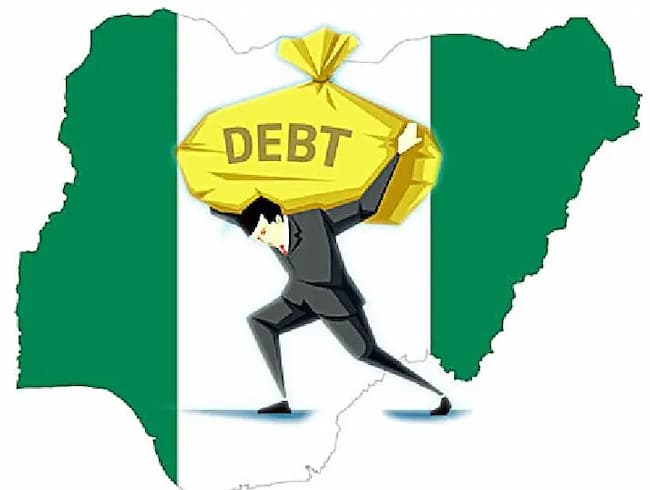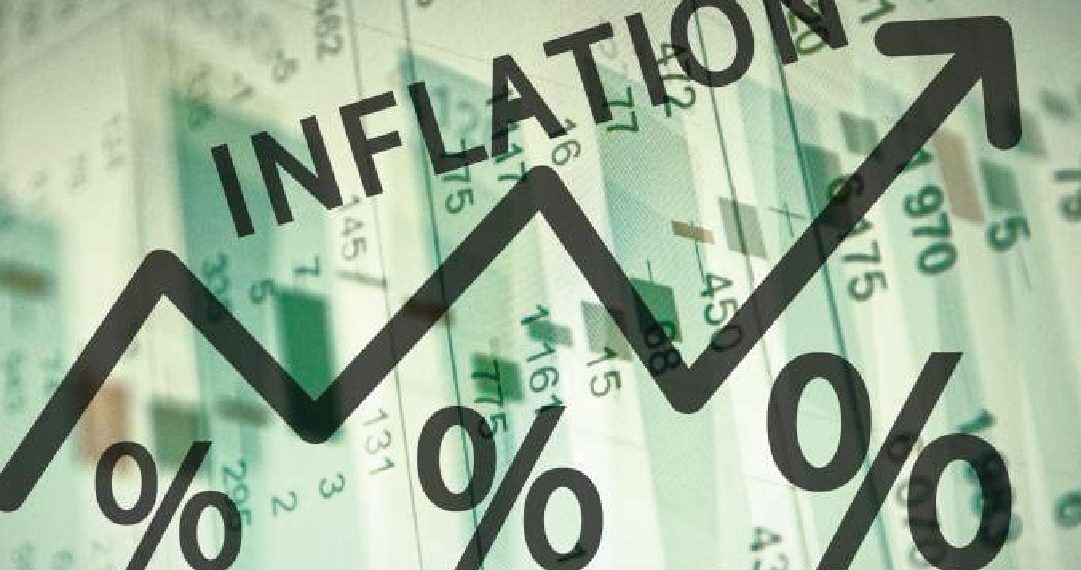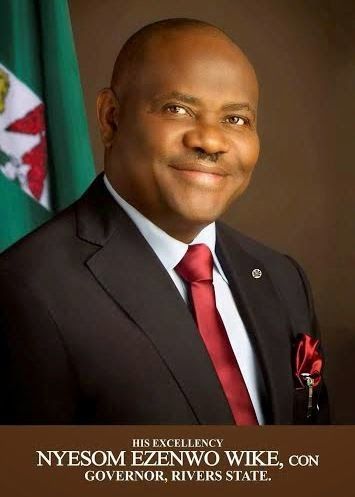The Federal Government of Nigeria (FG) was compelled to borrow from the local debt capital market to meet interest payment commitments on its enormous public debts due to a 54% fall in government revenue.
According to figures from the Debt Management Office, DMO, and confirmed by the National Bureau of Statistics, NBS, total public debt increased by about N43 trillion (NBS). Borrowing to pay debt interest indicates sustainability constraints, but DMO says Nigeria’s exposure is within the fiscal responsibility act’s parameters.
According to Nigeria’s budget office, total debt service in the first half of 2022 was printed at 2.597 trillion, which was 619.81 billion or 31.33 percent higher than the prorated sum of 1.978 trillion.
During the period, interest on the Central Bank of Nigeria (CBN) Ways and Means overdraft printed at ₦714.74 billion.
The Budget Office reported that 1,333.41 billion was spent on domestic debt service, a difference of 52.34 billion (4.09 percent) from the prorated half-year forecast, while 549.70 billion was spent on overseas debt servicing during the review period.
Fitch Ratings downgraded Nigeria’s sovereign rating to B- last week, citing the country’s largest economy by GDP debt measures is exacerbated by the FGN’s holding a greater amount of general government debt relative to its share of income.
Budget Office noted in its implementation document that overall earnings lagged estimates in the first six months. Nigeria’s gross oil income was $2,172.35 billion in the first half of 2022.
This fell short of the ₦4,684.98 billion prorate budget projection for the period, according to the budget office report, a decrease of ₦2,512.63 billion or 53.63 percent against the 2022 half year budget estimate.
However, the gross revenue level achieved translates to an increase of ₦272.56 billion or 14.35 percent above the half year actual gross oil revenue recorded in 2021.
The gross non-oil revenue in the first half of the year printed at ₦3,236.60 billion; a decrease of ₦93.07 billion (2.80 percent) below the half year’s estimate of ₦3,329.67 billion.
This results from the underperformance of some of the nonoil revenue items, budget office said, noting that the net distributable revenue however stood at ₦3,277.27 billion in the first half of 2022, representing a shortfall of ₦2,091.31 billion (38.95 percent).
During the same period, interest payments reached 108% of FGN revenues amidst stagnant oil production, Fitch Rating said in the report.
Budget Office said revenue shortfalls impacted FGN Budget implementation in the second quarter of 2022. Average oil production in the second quarter of 2022 however decreased to 1.43 million barrels per day (mbpd) representing a 0.17mbpd (10.63 percent) fall from the 1.60mbpd benchmark for the 2022 Budget.
“The volume of oil production in the period was also 0.06mbpd or 4.03 percent and 0.18mbpd (or11.18 percent) below 1.49mbpd and 1.61mbpd reported in the first quarter of 2022 and second quarter of 2021 respectively”, Budget Office stated in its report.
Nigeria’s oil production will continue to be weighed down by the combination of oil theft, pipeline vandalism, and ageing infrastructure, according to analysts. This is expected to limit both gross domestic product (GDP) growth and government revenue performance.
Nigeria’s crude production levels have been on a downward trend for several years and, after averaging 1.6 million barrels per day (mbpd) in 2021, then fell to 1.2 mbpd in September 2022.
In the rating note, Fitch forecasts 2022 crude oil production, including condensate, to average 1.3 mbpd and increase slightly to 1.4 mbpd in 2023, saying general election will increase security risks in the oil-producing regions.
The note however indicates that the coming back online of the Forcardos export terminal and the Trans-Niger pipeline could help to offset continued losses from theft and vandalism.
Oil prices have brought an improvement in oil export receipts; although some of this has been offset by higher fuel imports. Fitch forecasts that Nigeria’s current account will move into a small surplus in 2022, from a deficit of 0.4% in 2021.
Despite the improvement in the current account, the global rating firm forecasts reserves to end 2022 at $36.3 billion, down from $40.2 billion in 2021, and to continue falling in 2023-2024. READ: Federal Government Borrows Large from Treasury, Bond Market
It said falling reserve levels have contributed to tight foreign-currency liquidity, as evidenced by the rapid depreciation in the parallel market rate, which was N855/$ on 8 November as compared with the official rate of N446/$.
“The inability to reliably source US dollars on the official FX market has in turn contributed to lower portfolio inflows, which will continue to put further pressure on foreign-currency liquidity”, Fitch stated.
The Nigerian government faces external debt amortisations of $2.4 billion in 2023 and $2.7 billion in 2024, which will be met through a combination of reserves drawdown and new external borrowing, most likely syndicated loans.
“We forecast total external debt service to reach 11.8% of current external receipts in 2022, which is lower than the ‘B’ median forecast of 18.6%”.
Fitch added that development in the service sectors will continue to sustain GDP growth, which it estimates at 3.0% in 2022 and 3.1% in 2023. After five years of negative per capita growth, Nigeria will revert to positive real GDP per capita growth in 2021.
Global commodities price increases and supply restrictions have exacerbated Nigeria’s already high structural inflation. In October 2022, Nigeria’s inflation reached a 17-year high of 20.8%. #FG Borrows to pay off debts while revenue drops by 54%.














